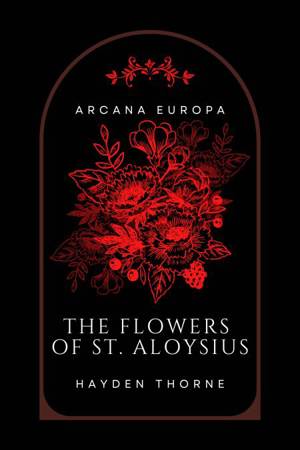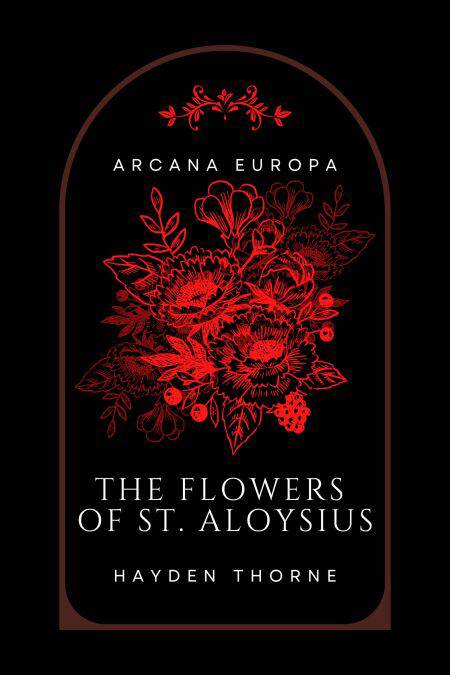
- Retrait gratuit dans votre magasin Club
- 7.000.000 titres dans notre catalogue
- Payer en toute sécurité
- Toujours un magasin près de chez vous
- Retrait gratuit dans votre magasin Club
- 7.000.0000 titres dans notre catalogue
- Payer en toute sécurité
- Toujours un magasin près de chez vous
Description
A dying young mother's desperate hope for her child leads her to a fateful meeting in the clearing of an old wood. A meeting whose otherworldly purpose quietly and gradually takes shape as the child matures. A meeting that has left the wood under a dark spell, unable to rise up in fury to undo what it sees as a violation of natural laws.
Two families from old aristocratic lines agree to end the century-long and bloody feud that has left one side fading and the other flourishing. To achieve such an end, Laurent Veilleux, the youngest of his family, and Brys Lajoie, the last of his bloodline, are forced to marry though still strangers to each other. Marriages of convenience and political marriages are common among the upper-crust, and despite their initial reluctance and disdain, Laurent and Brys slowly allow themselves to open their hearts and minds to each other in hopes that somehow, by some miracle, love would eventually bloom between them.
But their union has awakened something, a fragrant and deadly shadow that leaves a trail of bodies in its wake. Healthy people suddenly fall ill and die after suffering long, excruciating declines marked by symptoms of poison. Plants and flowers wilt, butterflies and birds tumble to the ground dead, and it appears as though this murderous shadow follows the young couple everywhere.
To make matters worse, this threat seems to gather more strength when Laurent and Brys develop the emotional connection they've always hoped for. And somewhere in the French countryside, the woodlands finally emerge from the dark spell, unleash their fury, and seek justice for a past wrong, the trees' reach spanning distances in search of the unsuspecting pair.
Inspired by the poison maiden legend from India, which Nathaniel Hawthorne also adapted in "Rappaccini's Daughter", The Flowers of St. Aloysius is a gothic gay fairy tale set in an alternate universe nineteenth century France.
Spécifications
Parties prenantes
- Auteur(s) :
- Editeur:
Contenu
- Langue:
- Anglais
- Collection :
Caractéristiques
- EAN:
- 9781533780911
- Date de parution :
- 30-06-16
- Format:
- Ebook
- Protection digitale:
- /
- Format numérique:
- ePub

Les avis
Nous publions uniquement les avis qui respectent les conditions requises. Consultez nos conditions pour les avis.






